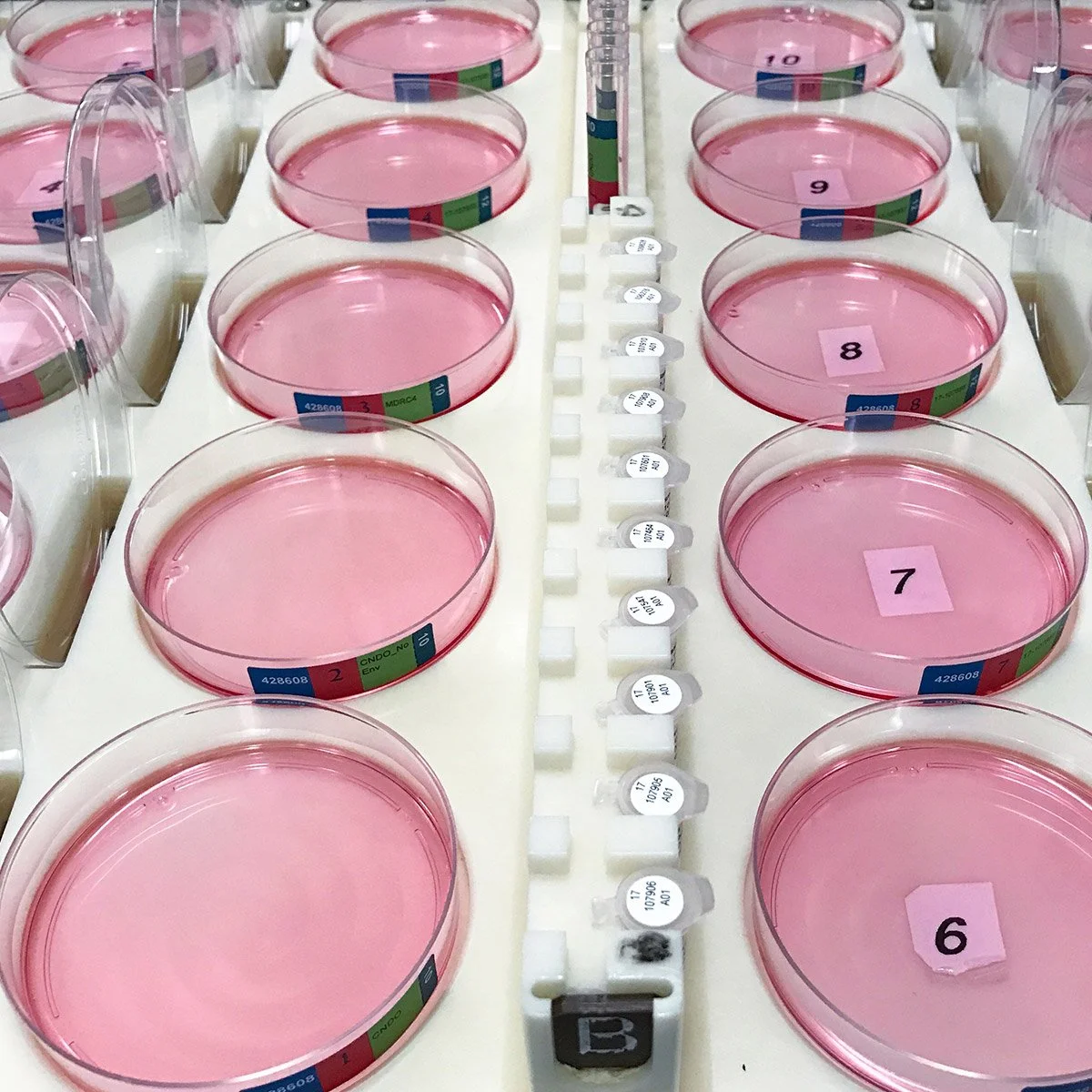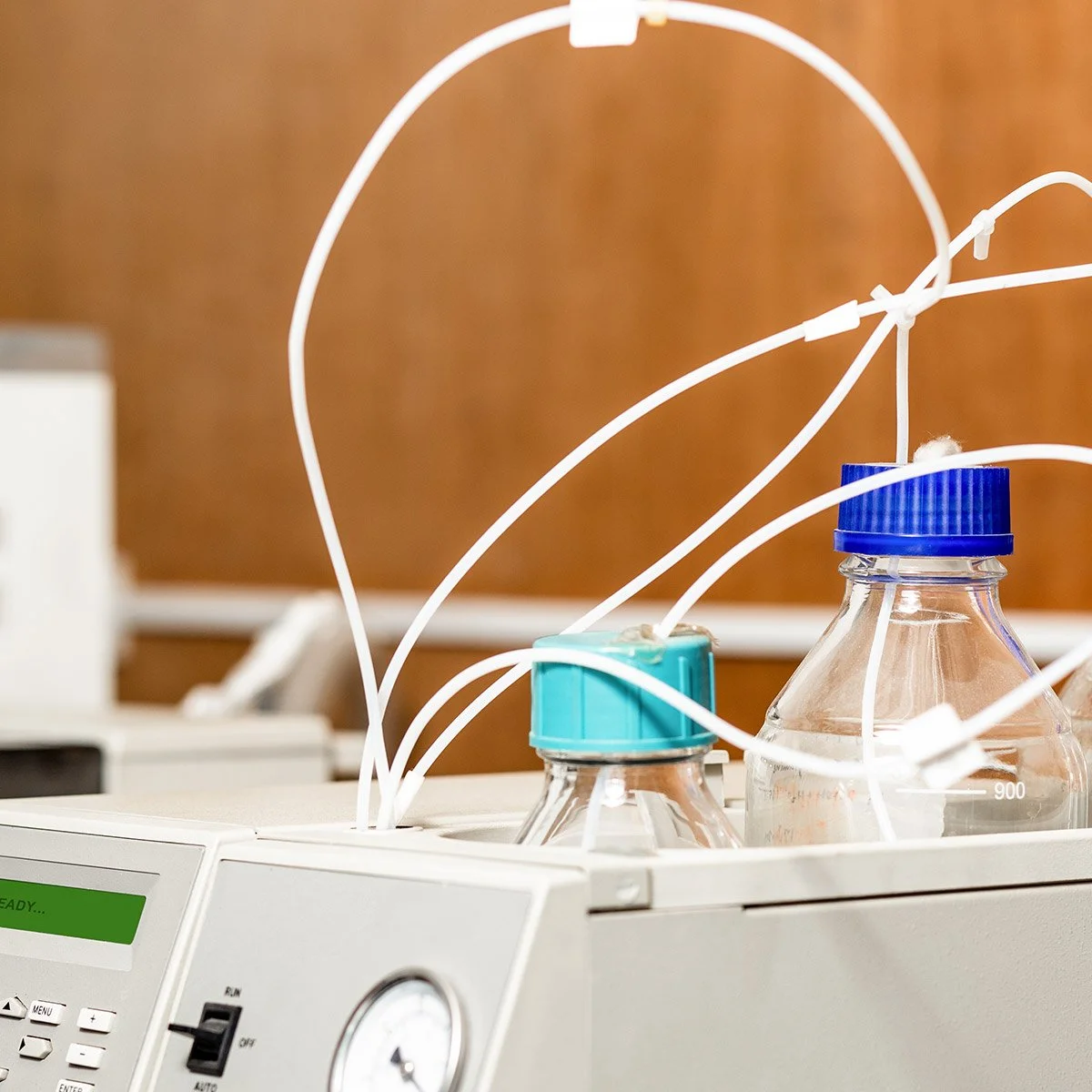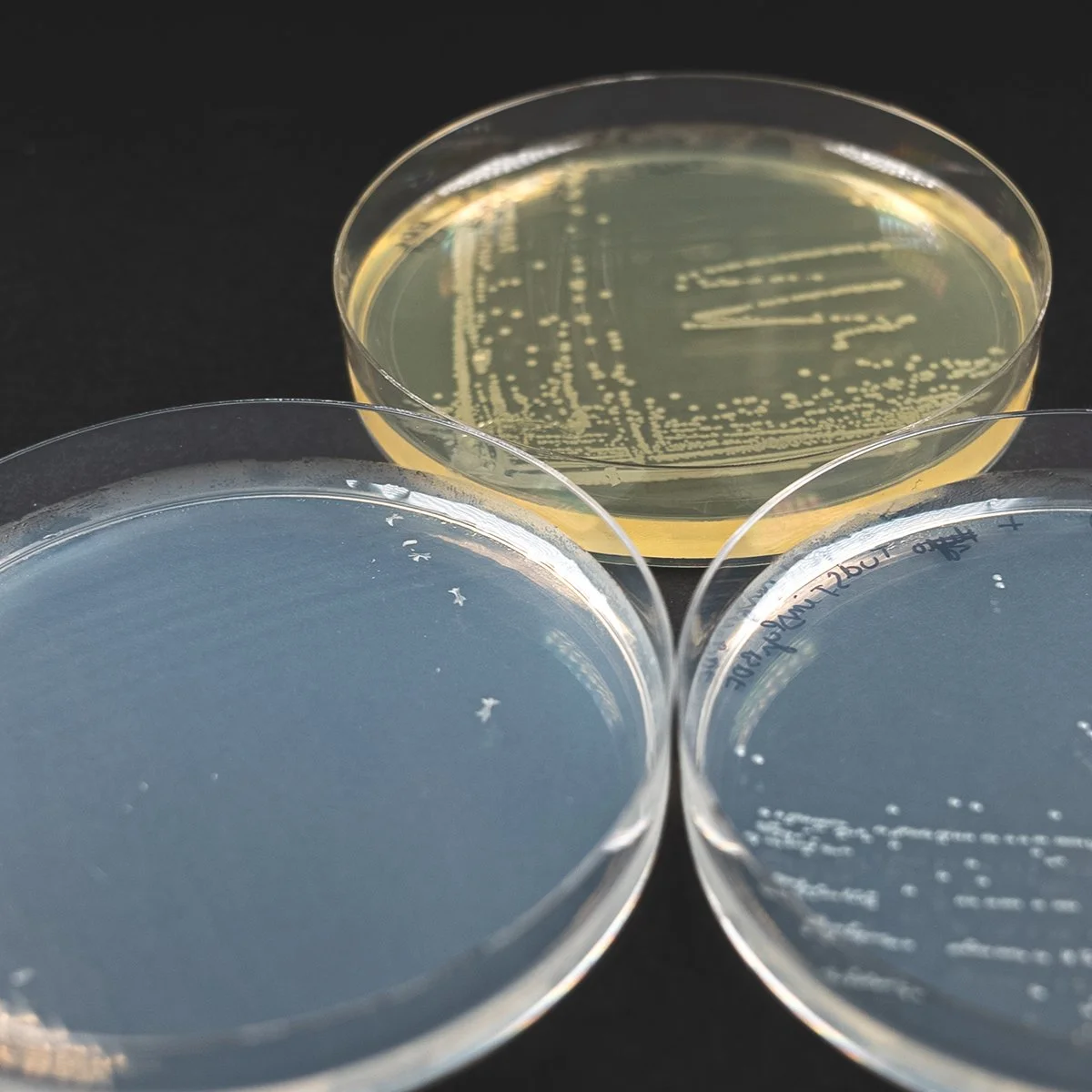Green labs survey
To collect data about the practices and general opinions of scientists in our biological laboratories, I surveyed researchers across the biological sciences division with the help of one of the graduate student Deans. The survey had two aims: to gain a sense for how well our labs are currently and how they can improve regarding sustainability, and to identify laboratories that may be interested in participating in a pilot GreenLabs program. I was delighted to receive 64 responses from PIs, lab managers, Post-docs, and graduate students, many of whom (36 labs) where interested in potentially participating in the GreenLabs pilot program.
The survey was designed to be completed in 2-3 minutes to encourage recipients to participate. The survey asked the respondent's role in the laboratory (PI, lab manager, etc.) and how to identify which lab they are in (lab name) to avoid confounding repeat responses.
One question inquired about the lab's classification (BSL 1, BSL 2, computational, medical, etc) to gain an understanding for what type of labs are taking the survey, as well as provide information regarding which labs will be the most advantageous to work with in a pilot program. For example, decreasing the computational labs' emissions will be relatively easy, but will not have the most gains. The pilot program will not include BSL 3 or 4 labs, as these labs bring their own challenges and protocols. Ideally, I would like to have about 5 'wet', or experimental, labs, and 1-2 computational labs in the pilot.
I modeled the next set of questions after UT Austin's Green Labs Self Evaluation Form (http://www.labmanager.com/business-management/2014/03/growing-green?fw1pk=2#.VZrYOGRVikp) to quantify how many of the laboratories are already following sustainable practices. Most labs consider sustainability when ordering office supplies, turn off the lights, shut the fume hoods, and maintain and review a chemical inventory. Other practices were far less common, however, including ordering green pipettes and test tubes, using environmentally friendly chemicals, reducing water use, and reducing the amount of printing and copying.
Lastly, I asked to what extent individuals agreed with “Our lab keeps sustainable choices in mind during day-to-day activities”? 42% of respondents strongly or moderately agreed, 31% neither agreed nor disagreed, and 27% strongly or moderately agreed. While this question does reflect the opinion of one individual about the choices made in the lab as a whole and is likely biased as sustainably-minded people may have been more likely to participate in the survey, it does provide insight into the mindset of those individuals participating in the survey. I am happy to see that so many respondents feel as though there is some degree of a sustainable culture already in the labs, as this will make changes easier to implement.
Next step: putting together a proposal with this data and recruiting labs to participate in the program!











Get an insider’s look at how research and clinical diagnostics are expanded by integrating software, data and robotics, as well as the opportunities “to dial” in workflows for cost and carbon savings.